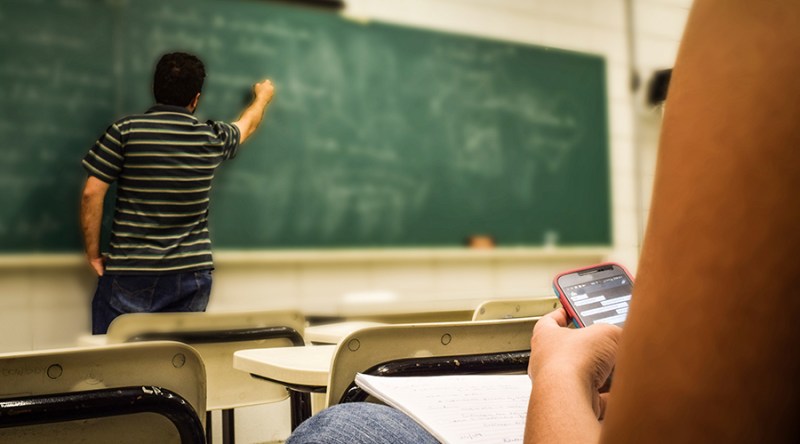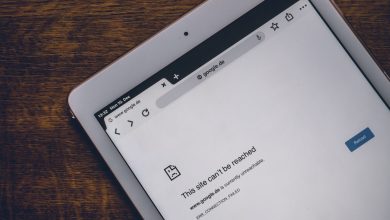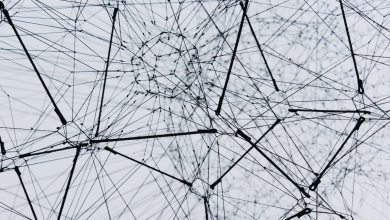Internet of Things, the new technologies or connectivity, is not a concept that applies only to companies. It is also being integrated into public services such as schools and this has repercussions on the digitization of the place itself as well as the tools of the students.
As a sample of this process of digital transformation of the classrooms in schools, institutes or universities, we highlight:
- Broadband and WiFi connection: A computer room equipped with computers and an Internet connection was one of the first digital improvements that schools and universities installed so that their students could have access to the Internet. Teachers became accustomed to have it as an extra help in their teaching, to change encyclopedias from books for digital ones and to teach the students to make responsible use of the connection and the Internet. In the case of universities, the Wi-Fi connection makes it easier for students to carry out group work in a simple and comfortable way and to have access to the Virtual Campus.
- Computers and tablets: The institutes and schools began to equip each class with computers and even in some they give student Tablets to do exercises in certain classes. On some occasions, technology companies have collaborated with educational centers to promote educational projects with young children with large touch screens that reinforce digital learning and they also teach them to be more collaborative. We can also highlight the smart boards, which allow you to send the information that is written to the devices of the students, and also supports multimedia content that can be introduced.
- Connected backpack: The safety of the smallest one in the house can now be monitored. A tracker in your backpack allows your parents to know where they are at all times and even send a message to your parents if they leave the area set as safe.
- Communication platforms between parents, teachers and students: Another possibility of remote connection is the digitalization of the classical tutorials, allowing students and their parents to contact tutors and teachers in real time. In Murcia, the “Connected Schools” program has been implemented in February this year, which includes these last two features and will allow broadband to reach all schools in the region, making it almost 230,000 students. In addition, these platforms facilitate distance learning for students who cannot attend the center.
- Statistics of sports teams: with RFID sensors in athletes’ equipment, coaches can measure and monitor their physical condition, obtaining data on things like their weight, their body fat, the distances they run during training or games. Then they can compare this data during training season to keep track of the evolution of each athlete and team. In addition, on the playing field, you can also install sensors on the field that measure the conditions to optimize your training routines, such as air quality.
- Intelligent dining: More than two million children in Spain eat at school and the debate about the quality of food is linked to the concern regarding food control by those who are allergic to any particular product. To this end, smart dining kitchens have been created in which children with allergies or intolerances will wear an RFID wristband that will alert the school chefs of what food they are allergic to as the student approaches the food line.
- Intelligent laundry: Universities situated in countries such as England or the United States, where both faculties and residences and student services are on campus, they are developing projects to apply IoT to facilitate the day-to-day life of their students. The clearest example is intelligent laundry, which notifies students through a message on their mobile phone when their laundry is ready.
- Tracking of students: The University of Texas Arlington has carried out a project to study how emotions affect learning, so they monitor through wearables the biological factors of their students that correspond to their emotional states and thus can help them if they see that they have problems or concerns. For its part, the Universidad del Pacífico uses Kinect sensors in its classrooms to detect the positions of its students and investigate the correlations between its positions and the interest in the subjects and / or classes.
The new generations, from the millennials to the Z generation (those born between the years 1985 and the present) are digital natives. The term was created by an author of American origin, Marc Prensky, in the year 2011 and he described it as “the people who have grown up with the network and the technological progress”.
For all of them, connectivity, Big Data, IoT or Artificial Intelligence are concepts with which they are familiar because they have been exposed to them since childhood or because they are directly involved in their implementation since many have chosen STEM careers (Science, Technology, Engineering and Mathematics). The technology is in the classrooms in many possible ways and is in constant evolution.






